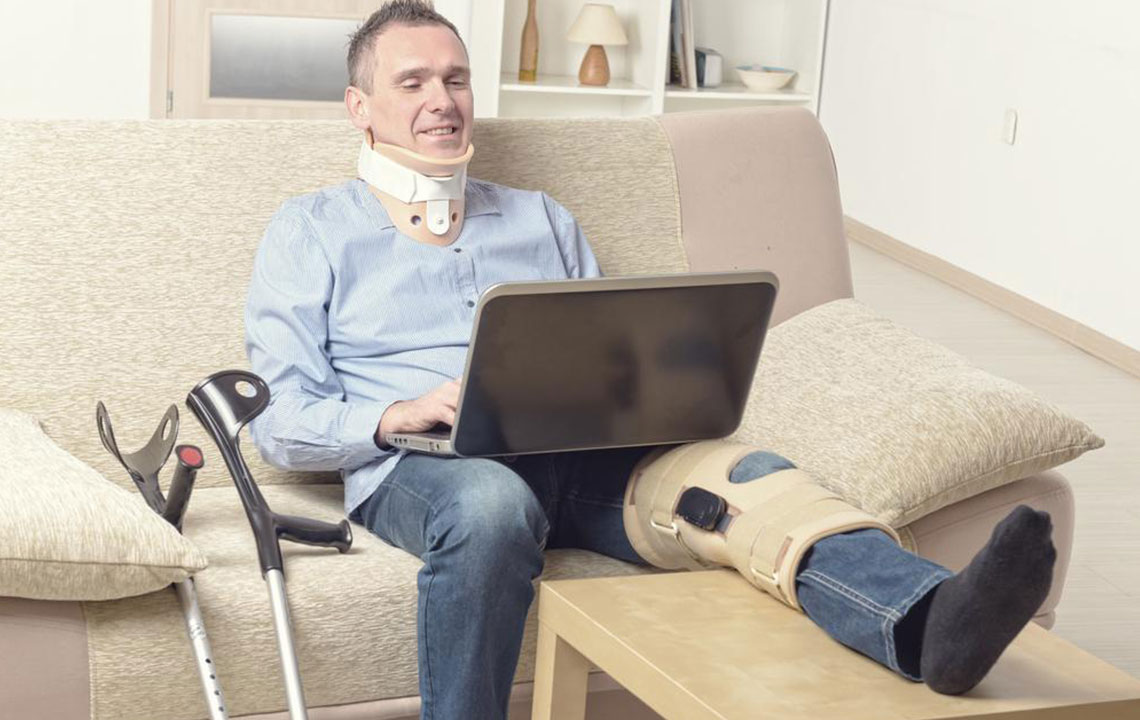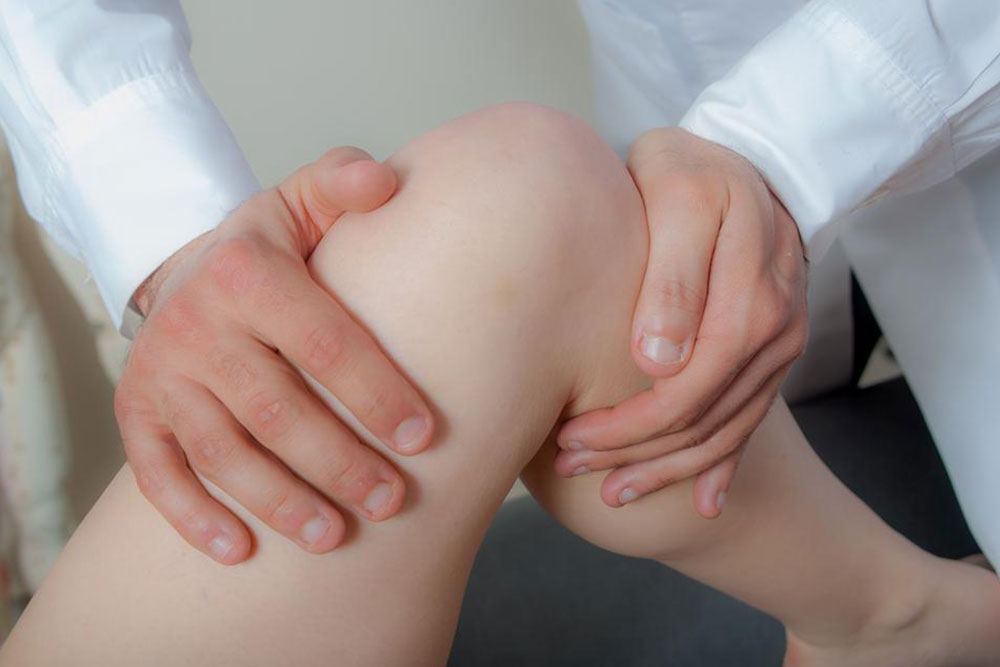Things You Should Know about Meniscus Tear Treatment
Both our knee joints have a meniscus, which is a cartilage that acts as padding between the femur and tibia. This piece of cartilage can be damaged or torn while performing activities that exert pressure on the knee joints. For people who play games like football, basketball, soccer, and tennis, a meniscus tear is quite common. However, it is not necessary that only athletes get a meniscus tear, just a sudden and careless movement of standing from a squatting position, a pivot turn, or heavy lifting is good enough to cause a meniscus tear.

Meniscus tear treatment, of course, then depends on the severity of the injury, which may vary from home remedies to surgery. However, being a little careful while exercising or playing goes a long way to help prevent injury to the menisci.
Who is more prone to a meniscus tear?
Children, adolescents, as well as aged people, anyone can get a meniscus tear. Children and adolescents can injure their menisci while playing organized or competitive sports. As the meniscus also tends to weaken with age, tears are more widespread in people who have crossed the threshold of 30 years. Someone with weak menisci, weaker and thinner cartilage can even get it injured from squatting or misstepping. People with osteoarthritis are also at a high risk of injuring the knee cartilage.
Symptoms of a meniscus tear are many, starting right from pain, swelling, difficulty in movement or bending the knee, knee giving way, and a knee locking and popping sound coming from the area around the knee joint. In case you find any of these symptoms, it’s advisable that you see your doctor.
The diagnosis of a meniscus tear is done through various ways like a physical exam, image tests, knee x-ray, MRI, Ultrasound or arthroscopy depending on the condition of the knees and symptoms. The earlier it is diagnosed; easier it is to treat and heal it.
Mildly severe meniscus tear treatment
If a meniscus tear is diagnosed, the meniscus tear treatment will vary from one case to the other. For injuries that are not so serious, conservative techniques like rest, ice bag, compression, and elevation may be suggested.
Rest really helps the knees to heal, making the use of crutches can be a good option. This helps in avoiding the knee joints from bearing much weight. It is also good to avoid activities that can make the pain worse. Using ice bag on the affected knee after every 3 to 4 four hours for about half an hour stretch may work wonders. Using kneecaps or an elastic bandage to compress the knee can help reduce inflammation. Raising the knees at an elevated position also helps in bringing down inflammation. Your doctor may also suggest some anti-inflammatory medication to reduce the pain and inflammation in the knee.
Massage techniques may also help in the healing of a meniscus tear. A physical therapist can help reduce the pain, swelling, and stiffness and boost knee mobility as well as stability.
Severe meniscus tears
If the pain is severe and the knee is not agreeing to simple meniscus tear treatment, the doctor may suggest an open or an arthroscopic surgery. In this type of surgery, a small incision is made in the knee through which tools and a camera are inserted to fix the injured meniscus. It is generally not a long surgery; the procedure typically takes about an hour. Patients are usually allowed to go home on the same day after the surgery. If things go well, one can start with physical therapy exercises after a few days and regular physical activities in three to four weeks after the surgical procedure.
How long with it take to heal after the operation?
Things are different for different people, how soon you recover from the surgery depends on various factors like age, weight, health condition, and the type of surgery that you have undergone. For people who suffer from arthritis, the post-recovery process and meniscus tear treatment may be a little rocky to handle. The pain and swelling may be more compared to others, but ice and compression technique tends to help a lot in such situations for providing momentary relief from the inflammation and pain. Doctors often suggest supplements, which are believed to repair the surface of knee joints. Some people also try out natural food supplements with anti-inflammatory properties.
With correct identification, treatment, and therapy, meniscus tear patients often get back to their pre-injury abilities to perform physical activities. However, you need to be very careful during the post-operation period, follow the doctor’s instructions carefully, and get the right meniscus tear treatment. Do not squat, run or exert heavy stresses for about a month for optimum and quick healing. If the doctor’s advice is not adhered to, it may result in continued pain and you will require added days of physical therapy or need further surgery.




